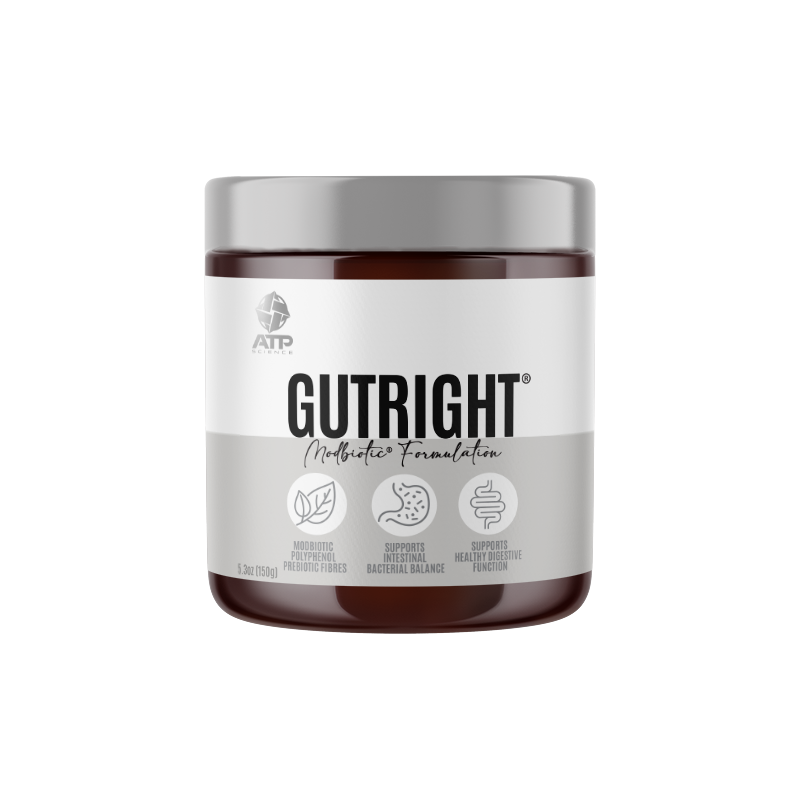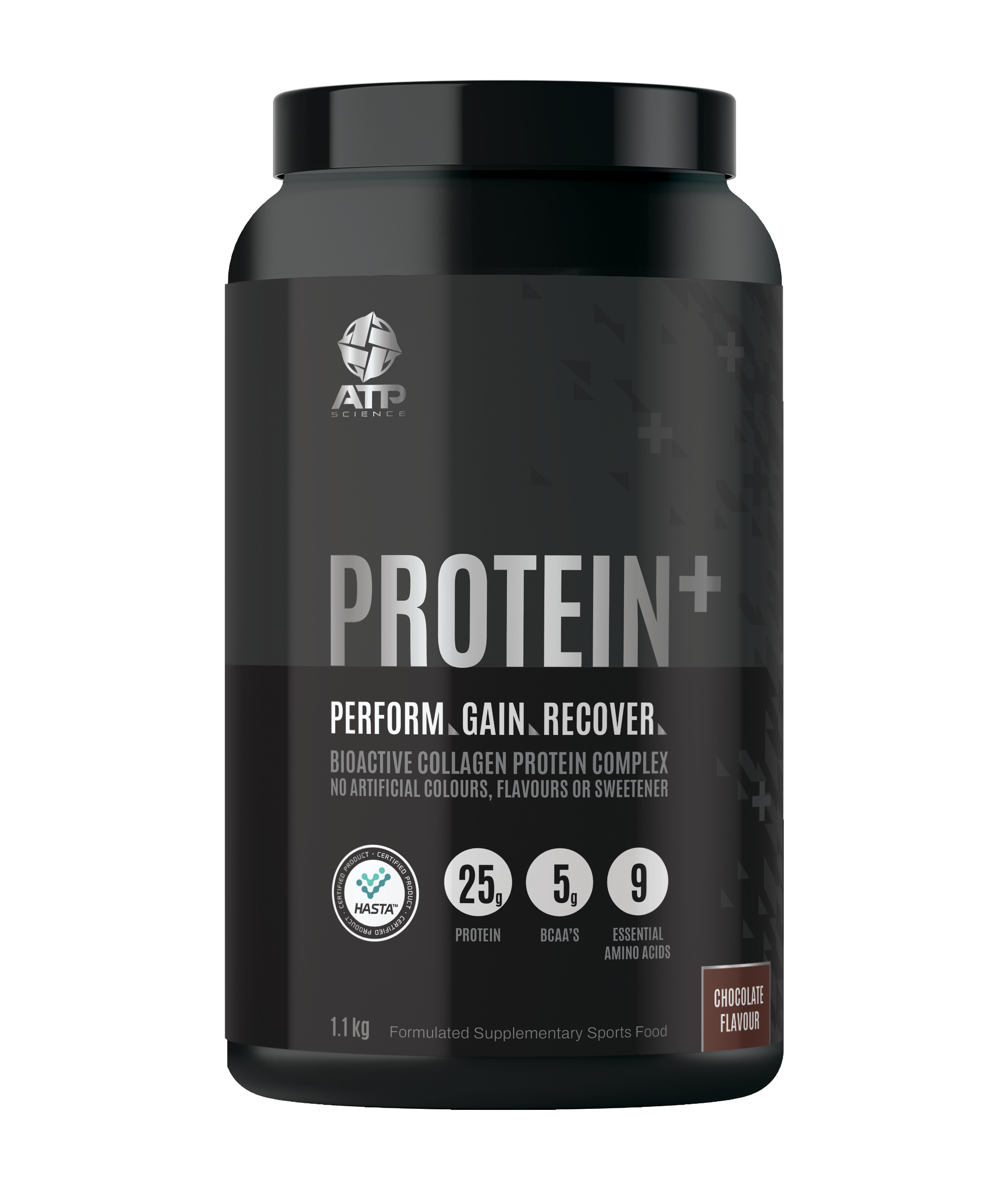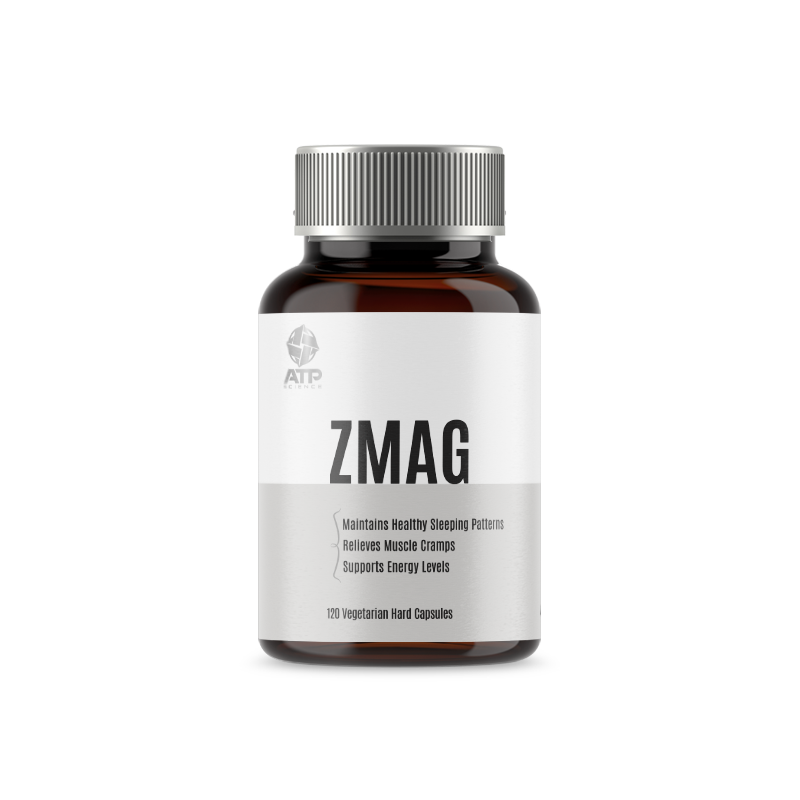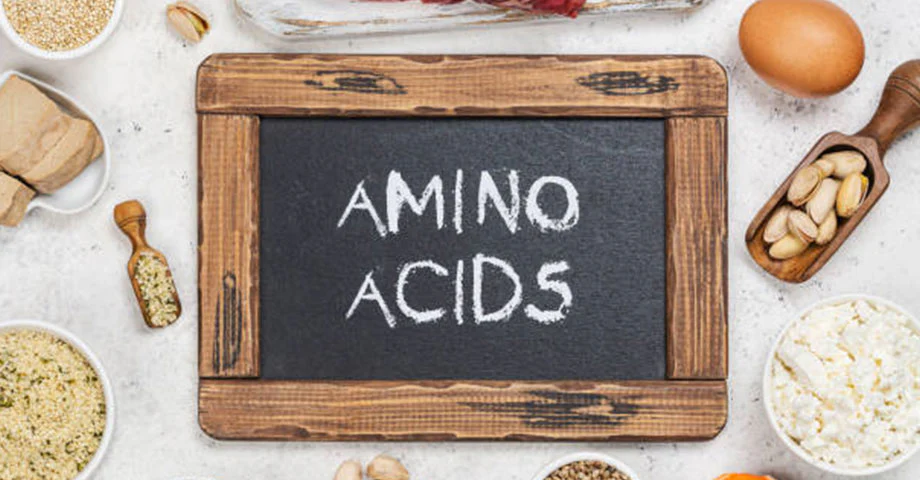Smoothie Bowl - Everyone loves a good smoothie bowl, they look appealing, they are fresh and cool, and you can pack them full of all your favorite fruits and veg, take a pic for the gram and #smoothiebowl your friends into nutritional envy. Except, that we are forgetting that not everything goes together. So, if you want to get more out of your beautiful smoothie bowls other than looks, pay attention to what you are pairing with your blends.
Smoothie Bowl - Dos’
- Pick seasonal fruit and veg, even if its snap-frozen for the bowl. Try to mix it up by season, your guts will love it.
- Cut or blend them well – breaking down the cell walls of our fruit and veg helps to free up nutrients as usually, we would chewing these for a decent amount of time.
- Soak your grains overnight – if you’re adding your fibrous grains in like oats, for example, these contain phytic acid which is renowned for binding up your minerals like zinc, calcium and also can block digestive enzymes. Soaking your grains lowers phytic acid content.
- The best forms to have raw in this way are water-soluble nutrients and those that are heat-sensitive – foods that are nutrient-rich but heat-sensitive often are rich in B and C vitamins.
- Put your fat-soluble vitamin sources together with healthy fats in one bowl; for example, kale, spinach, and broccoli if you’re wanting a greens bowl that’s packed with healthy vitamin K sources – these go excellent with the addition of nuts, avocado, olive oil, butter, etc.
- If you are wanting more iron-rich foods included, pair it with Vitamin C rich foods too for superior absorption capacity.
- Keep it relatively simple to a few sources that bulk out the flavor, fiber, and nutrient-rich – many foods contain Salicylates and many can have a lower tolerance to them and get a salicylate response.
Smoothie Bowl - Don’ts
- Add charcoal in with your fruits – charcoal is used as a poison and toxin removal tool as it binds with things to be passed out of the system instead of absorbed.
- Add clays – like charcoal, these are not readily absorbed and instead work to bind with and remove from the system in a detoxification effect, which is effective for poison removal but not so great for wanting to get the most out of your bowl.
- Pack it full of unsoaked grains – as we mentioned above, some like to add amaranth, buckwheat, and oats to their bowls but they do contain phytates/phytic acid which vastly inhibits mineral and digestive enzyme capacity.
- Leave foods chopped up for long periods, nutrient degradation can happen from oxidation effects by being chopped and exposed to the environment.
Easy!
There you have it, simple yet effective things to remember to get more out of the smoothie bowls that you may not have thought of! Pro Tip – for some extra electrolytes and delicious adaptogens, try freezing some Infrared into ice cubes and blending them into your next smoothie bowl, it is delicious and perfect for the busy athlete.
References
- Holland, C., Ryden, P., Edwards, C. H., & Grundy, M. M. (2020). Plant Cell Walls: Impact on Nutrient Bioaccessibility and Digestibility. Foods (Basel, Switzerland), 9(2), 201. https://doi.org/10.3390/foods9020201
- Gupta, R. K., Gangoliya, S. S., & Singh, N. K. (2015). Reduction of phytic acid and enhancement of bioavailable micronutrients in food grains. Journal of food science and technology, 52(2), 676–684. https://doi.org/10.1007/s13197-013-0978-y
- Silberman J, Galuska MA, Taylor A. Activated Charcoal. . In: StatPearls . Treasure Island (FL): StatPearls Publishing; 2020 Jan-. Available from: https://www.ncbi.nlm.nih.gov/books/NBK482294/
- Moosavi M. (2017). Bentonite Clay as a Natural Remedy: A Brief Review. Iranian journal of public health, 46(9), 1176–1183.
- Review Nutritional comparison of fresh, frozen and canned fruits and vegetables. Part 1. Vitamins C and B and phenolic compounds Joy C Rickman, Diane M Barrett and Christine M Bruhn∗ Department of Food Science and Technology, University of California – Davis, Davis, CA 95616, USA
















